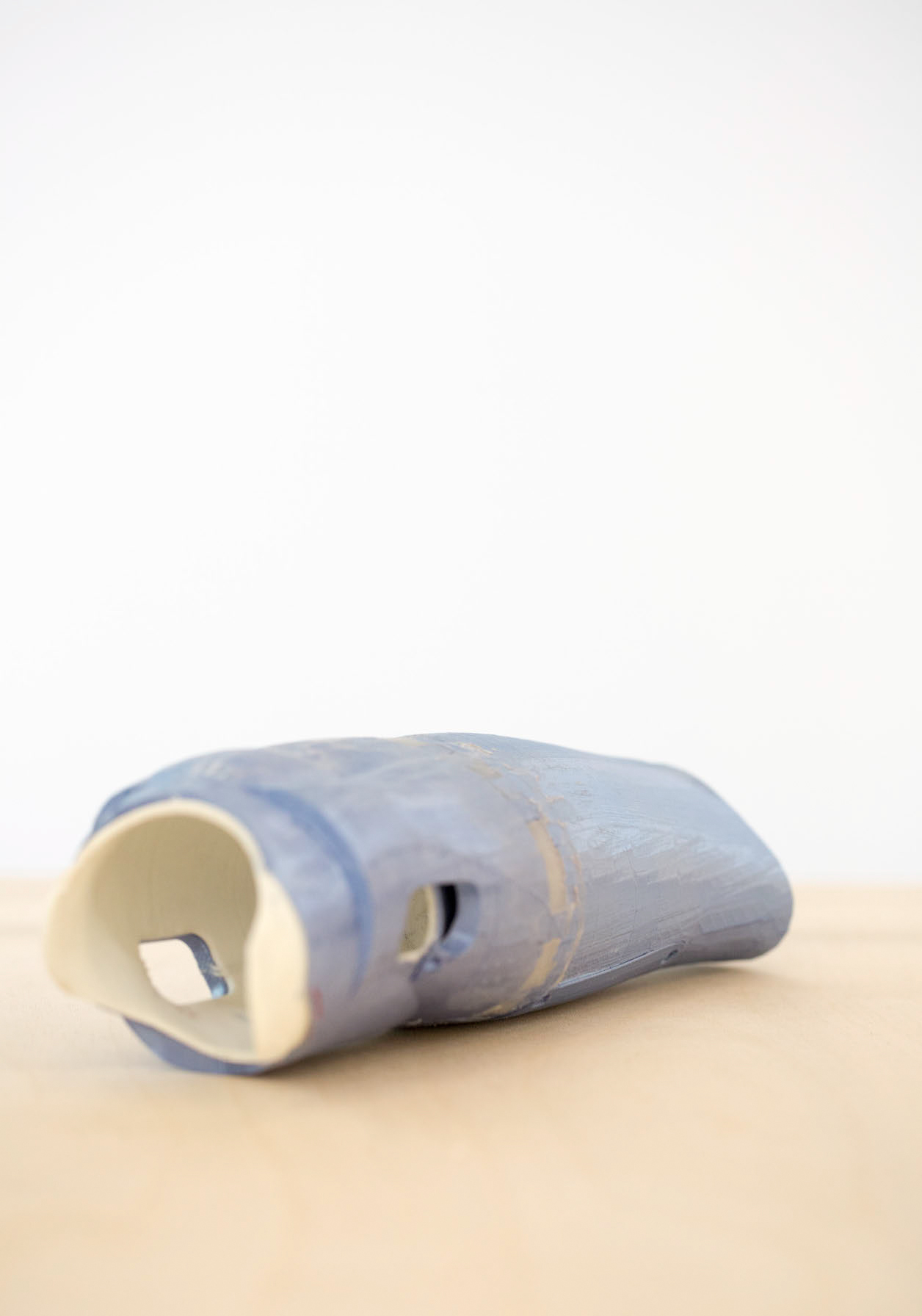Human Repeatability of 3D Scanned Transradial Stump-Sockets
_
Raphael Maria Mayer, Yi Rong, Alireza Mohammadi + Jim Lavranos, School of Electrical, Mechanical and Infrastructure Engineering, University of Melbourne
Gursel Alici, School of Mechanical, Materials, Mechatronic and Biomedical Engineering, University of Wollongong
Peter Choong, Department of Surgery, University of Melbourne
Denny Oetomo, Mechanical and Infrastructure Engineering, School of Electrical, University of Melbourne
3D scanning and printing is an agile manufacturing process explored in the last decades. Creating 3D scanned and printed upper limb stump sockets can reduce the costs of such devices due to reduced labour, increasing the quality due to otherwise inexperience/unfamiliar prosthetists as there are small numbers of individuals with upper limb amputation (1:30 compared to lower limb). This allows the production of multiple sockets to account for volume fluctuations in post-operative times (Lake, 2016). Multiple 3D scanning and printing socket attempts have been reported (Rosicky et al., 2016) though none of them has shown the validity of scanning a residual limb in comparison to the current practice
(casting process). This research shows the repeatability of 3D scanned transradial stump-sockets. The experiment was conducted with one subject (transradial amputation; male; 21 years) under the ethics granted by Ethics Committee Melbourne University (1853087.1).
An Artec Eva 3D scanner was chosen, and an armrest to keep the subjects arm stable (Rosicky, 2016). Markers are drawn on the subjects’ arms for better auto alignment via Artec Studio®. One trained operator scanned the subject’s arm three times. The comparison is based on the volume error, bounding box error and the root mean square error (RMSE).
A volume error of 2.76 ± 1.77cm3, a bounding box error of [0.18±0.05,0.14±0.03,0.08±0.05] mm as well as an RMSE measured between three consecutive scans and three operators, was found. The obtained RMSE and bounding box error are within the range of the specified 3D resolution of 0.5 mm of the scanner. Further experiments on the repeatability of state-of-the-art socket manufacturing are necessary.
References:
Lake, C. (2016) ‘The Evolution of Upper Limb Prosthetics Socket Desing’, JPO, 20, pp. 1–7.
Rosicky, J. et al. (2016) ‘Application of 3D Scanning in Prosthetic and Orthotic Clinical Practice’, Proceedings of the 7th International Conference on 3D Body Scanning Technologies, Lugano, Switzerland, pp. 88–97.
_
Raphael Maria Mayer_ is a PhD candidate at the University of Melbourne. He received his MSc degree in Biomedical Engineering in 2015 (Technical University of Vienna
Yi Rong_ received his MSc degree in Mechanical Engineering in 2019 at the University of Melbourne.
Alireza Mohammadi_ is currently a Postdoctoral Research Fellow with the University of Melbourne, performing research on robotic surgery and control of mobile robots.
Jim Lavranos_ School of Electrical, Mechanical and Infrastructure Engineering, University of Melbourne
Gursel Alici_ is currently a Senior Professor at the University of Wollongong, where he is the Head of the School of Mechanical, Materials. Mechatronic and Biomedical Engineering since 2011.
Dr Peter Choong_ is the Sir Hugh Devine Professor of Surgery, and Head of Department of Surgery University of Melbourne at St. Vincent’s Hospital Melbourne.
Denny Oetomo_ was a Postdoctoral Research Fellow at Monash University (2004-2006), INRIA Sophia Antipolis (2006-2007), and joined the University of Melbourne, Melbourne, Australia, in 2008, where he is currently an Associate Professor.
Image: 3d-printed stump.
